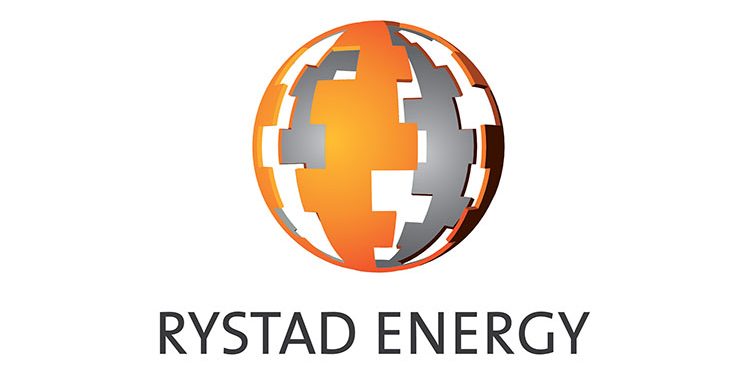Rystad Energy: OCTG Prices Follow Mixed Course Globally, Bullish Momentum Persists for Battery Materials
Declines continue in Chinese export prices for linepipe and oil country tubular goods (OCTG) despite a small increase in substrate costs as challenging logistic operations in China’s ports continue to hamper buying interest.
The Chinese government’s decision to not apply export duties for seamless OCTG has reduced an upward pressure on OCTG pricing from China.
Sharp losses in Shanghai futures prices over the past month and concerns about the Chinese economy also weighed on current market sentiment and contributed to OCTG spot price cuts.
OCTG export prices from China will likely fluctuate within a limited range amid slow activity due to the Chinese new year celebrations but are expected to pick up momentum again in April when CNPC issues its annual OCTG tender.
Rising demand for oil and gas and increasing exploration and production activities continue driving OCTG market in the US.
Domestic prices for both ERW surface casing and seamless casing keep rising. The 2022 outlook for OCTG demand remains bright in the US with most E&P operators having announced expenditure plans, which could substantially boost the country’s OCTG consumption, thereby keeping prices firm in the US market.
Steel pipe prices in Europe, including those for OCTG, look likely to continue their upward trajectory on the back of surging European Union carbon prices. This is especially the case for pipes produced from steel using blast furnaces which have higher CO2 emissions than electric arc furnaces.
The removal of import tariffs on steel from the EU will likely provide relief in the supply chain and drive down cost increases for US mills, although it will take time to ease supply chain stresses exacerbated by the current tariffs.
The lifting of tariffs will likely lead to tighter competition in the US market by increasing the total volume of US imports and will also contribute to OCTG price cuts by US mills. This may, however, not happen before the third quarter of 2022.
Meanwhile, as the number of certificates for CO2 emissions are gradually reduced each year in line with EU climate goals, Rystad Energy expects that the EU steel industry will increasingly face an annual shortage of allowances for direct emissions.
This may result in decreasing output of non-green steel in the coming years and may cause a shortage of feedstock for steel pipe production. This reason, combined with soaring carbon prices, could lead to a continued upward pressure on steel pipe prices.
Linepipe and OCTG prices in Europe increased significantly last year which has partially offset carbon price spikes. However, skyrocketing carbon prices will put pressure on profits of steel manufacturers.
Some European steel producers have already started to implement surcharges for carbon costs and have partially hedged their carbon emissions until 2030, compensating rising carbon prices.
Although steel is one of the key elements of modern infrastructure, it is also one of the hardest industries to decarbonize.
Marina Bozkurt, Senior Analyst




